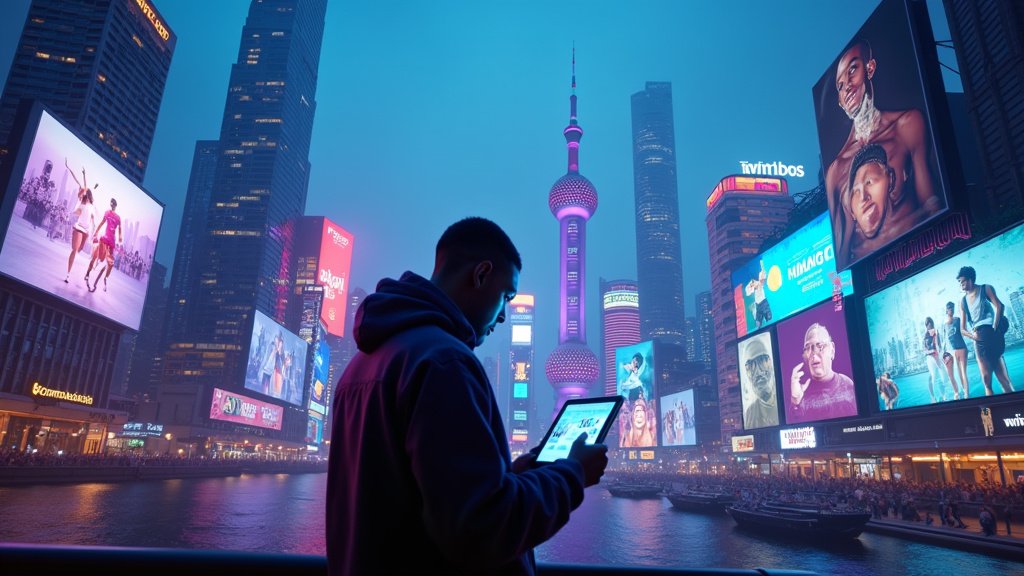A Shift in Digital Consumerism
A new phenomenon is gaining significant traction on social media, particularly within the vibrant digital landscape of TikTok. Dubbed “De-influence my wishlist,” this emerging trend represents a consumer-driven counter-movement challenging the pervasive influence of traditional product promotion and impulse buying spurred by online personalities.
At its core, the trend encourages potential buyers to solicit candid, unbiased opinions on items they are considering purchasing. Instead of passively consuming curated content featuring product hauls or overwhelmingly positive reviews, users actively invite others in comment sections to provide honest feedback, highlighting potential drawbacks or suggesting alternatives. This collective effort aims to foster more considered purchasing decisions and mitigate the effects of overhyped products frequently showcased by influencers.
Understanding the ‘De-Influence’ Mechanism
The methodology is straightforward: a user posts a list or visual representation of items on their wishlist and asks their audience to “de-influence” them. This invitation prompts commenters to share genuine experiences, offer critical assessments of product utility, brand reputation, aesthetic, and personal preference.
A notable example is a video by TikTok user “arabellatouchstone.” Featuring potential purchases such as pants, bedding, perfume, and even a cooking class, the video resonated widely, garnering nearly 17,000 likes. Crucially, its comment section transformed into a dynamic forum where users debated the merits and drawbacks of each item, providing varied perspectives that went far beyond simple endorsements. This interaction embodies the trend’s aim to shift focus from aspirational promotion to practical scrutiny.
The rapid spread of this movement is evident in the sheer volume of content tagged with #deinfluencing, which has accumulated over 80,000 videos on TikTok, indicating a significant groundswell of users participating in or observing this new form of consumer discourse.
Economic and Societal Context
The “De-influence my wishlist” trend is not merely a fleeting social media phenomenon; it aligns with broader societal shifts towards more mindful spending and a conscious desire to support small businesses and local goods over large corporations or mass-marketed items.
Consumerism has long played a crucial role in the expression of identity and status within society. According to Benjamin Johnson, an associate professor of advertising at the University of Florida, the economy is, to a significant extent, dependent on constant consumption. This traditional economic framework is being challenged by a generation that has grown up saturated with digital advertising and sponsored content, leading to a degree of skepticism.
The influence of content creators in shaping popularity is undeniable, as highlighted by the Aspen Institute. However, the “de-influence” trend demonstrates a growing consumer desire to reclaim agency in their purchasing decisions, moving away from passive acceptance of influencer recommendations towards a more critical, community-informed approach.
Impact on the Marketplace
While seemingly disruptive to traditional influencer marketing, the trend has also created unexpected opportunities. For instance, local businesses have reported benefiting from this shift. Kate Yeung, cofounder of Coterie Market, a business that curates and sells goods from various independent makers, noted boosted sales attributed to consumers seeking authentic, less-hyped alternatives often discovered through discussions sparked by de-influencing content.
This indicates that while the trend might temper enthusiasm for globally marketed, often overhyped products, it can redirect consumer interest towards niche, quality, or ethically sourced items that stand up to closer scrutiny and honest review.
A Generational Response
The trend appears to resonate particularly strongly with Gen Z, a demographic that is both highly active on social media and increasingly vocal about their values. Data suggests that this generation is prone to impulse buys driven by social media exposure; approximately 60% of Gen Z individuals report making impulsive purchases influenced by what they see online. The “de-influence” movement can be interpreted, in part, as a self-aware corrective, a collective effort by this generation to mitigate their own susceptibility to online commercial pressures.
Conclusion
The “De-influence my wishlist” trend signifies a notable evolution in online consumer behavior. It represents a collective effort by social media users to inject greater transparency and critical evaluation into the purchasing process, challenging the established norms of influencer marketing and prompting a broader conversation about mindful consumption in a digitally saturated world. As the trend continues to grow, its impact on both consumers and the digital marketplace is likely to expand, signaling a potential long-term shift towards authenticity and critical engagement over unbridled consumption driven by online influence.





